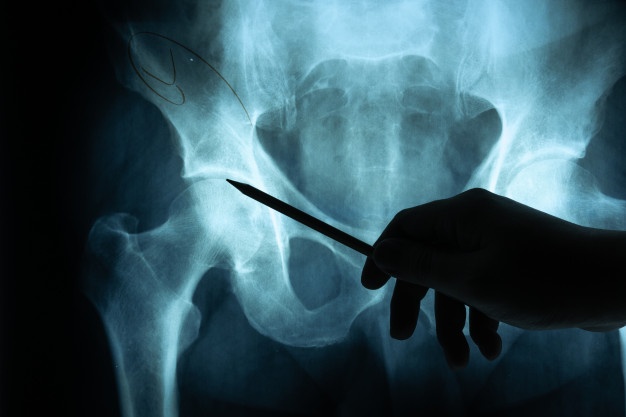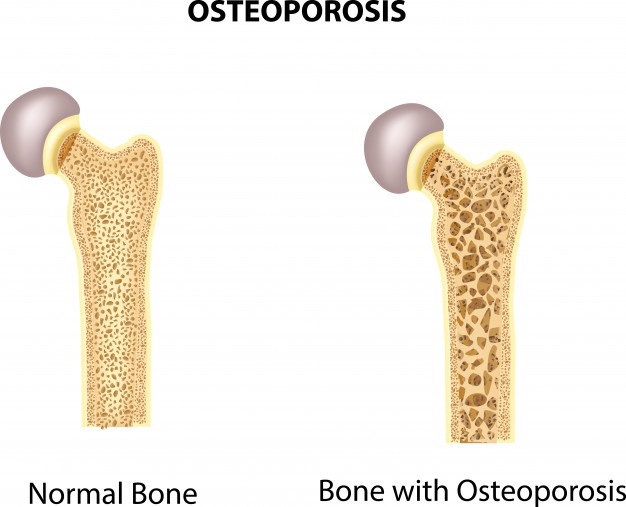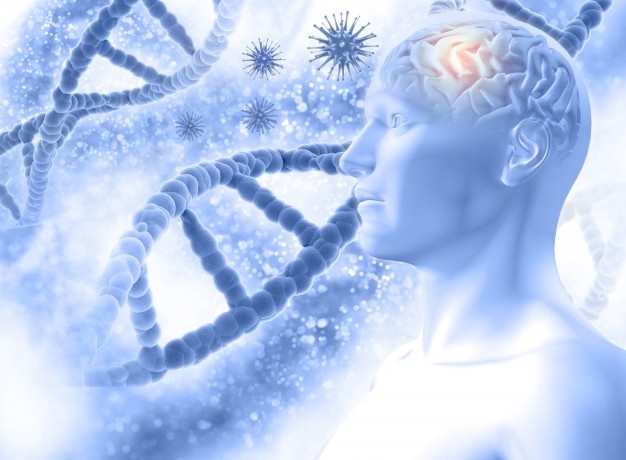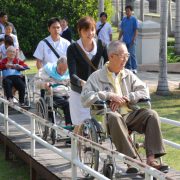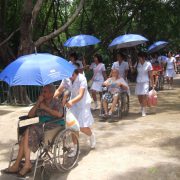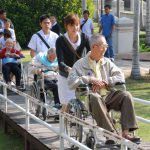admin
Hip fractures
Hip fractures (broken hips) are most often caused by a fall in elderly people. It does not have to be a major fall for an elderly person to break a hip. Other ways for a hip to break could be from car accidents or if the bone has become weakened from tumor or infection. Risk Factors A broken hip in
Osteoarthritis
Osteoarthritis (OA) is the most common articular disease worldwide. Prevalence increases with age. Symptoms Pain is the main reason for patients to seek medical attention. Initially, pain occurs during activity, which can be relieved by rest and may respond to simple analgesics. Morning stiffness in the joint usually lasts for less than half an hour. Joints may become unstable with
Osteoporosis
Osteoporosis is a skeletal disease in which bones become thinner and more porous, and more prone to fracture. Osteoporotic fractures most commonly occur in the hip, spine, and wrist. The disease is usually painless until a bone breaks or fractures. Signs and symptoms Osteoporosis itself has no specific symptoms; its main consequence is the increased risk of bone fractures. Typical
Alzheimer’s disease
What is Alzheimer´s disease? Alzheimer´s disease is the most common cause of dementia. Dementia is a brain disorder that interferes with a person´s ability to carry out everyday activities. This usually affects the parts of the brain that control functions such as thought, memory, and language. Incidence of Alzheimer´s disease. The risk of developing Alzheimer´s disease continues to increase with
Stroke
A stroke occurs when a blood vessel that carries oxygen and nutrients to the brain is either blocked by a clot (ischemic strokes) or bursts (hemorrhagic strokes). When that happens, part of the brain cannot get the blood (and oxygen) it needs, so it starts to die. The brain is an extremely complex organ that controls various body functions. If
Hypertension
Hypertension is the most important modifiable risk factor for coronary heart disease, stroke, congestive heart failure, end-stage renal disease, and peripheral vascular disease. Therefore, health care professionals must not only identify and treat patients with hypertension but also promote a healthy lifestyle and preventive strategies to decrease the prevalence of hypertension in the general population. Diagnosis and classification Normal –


